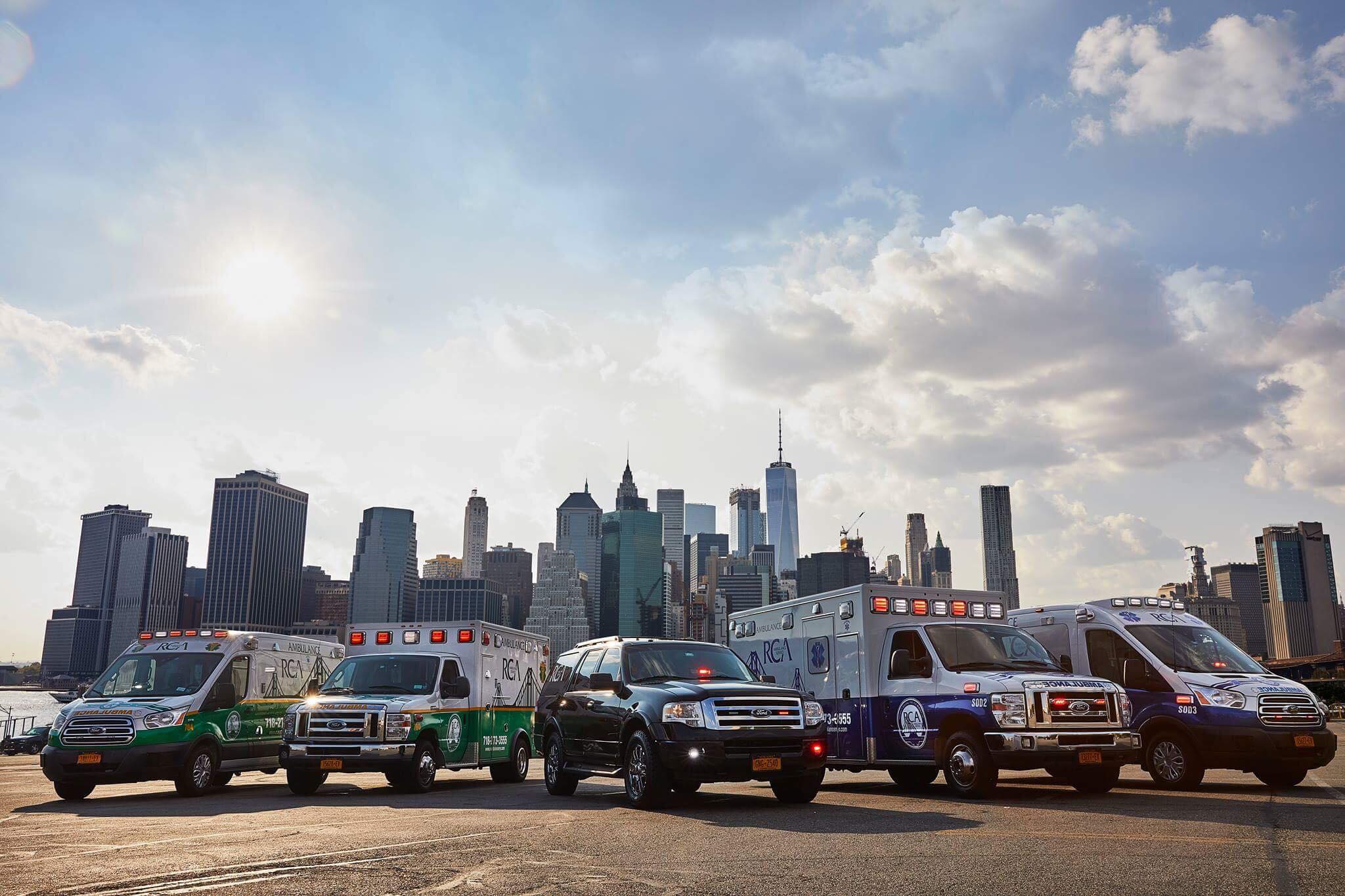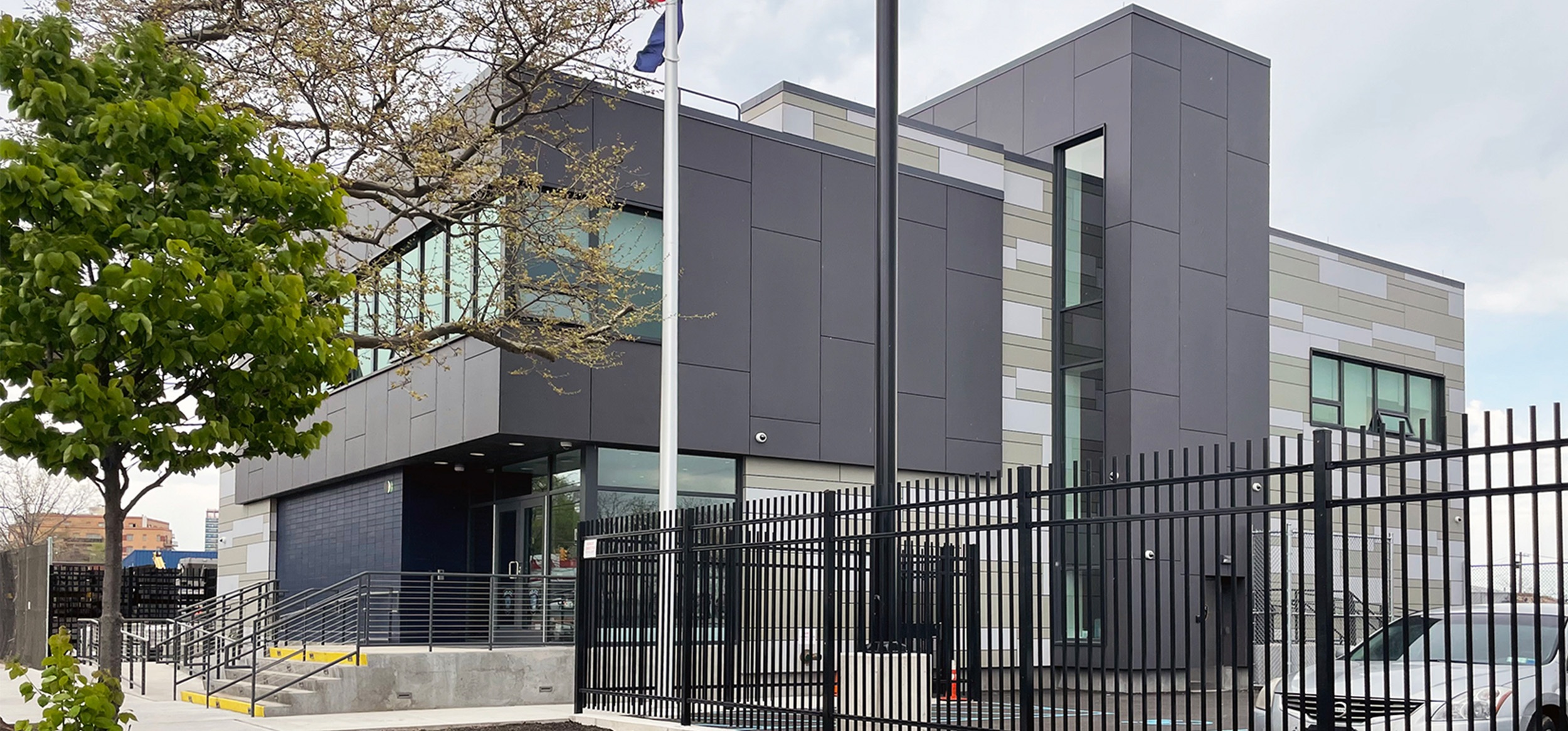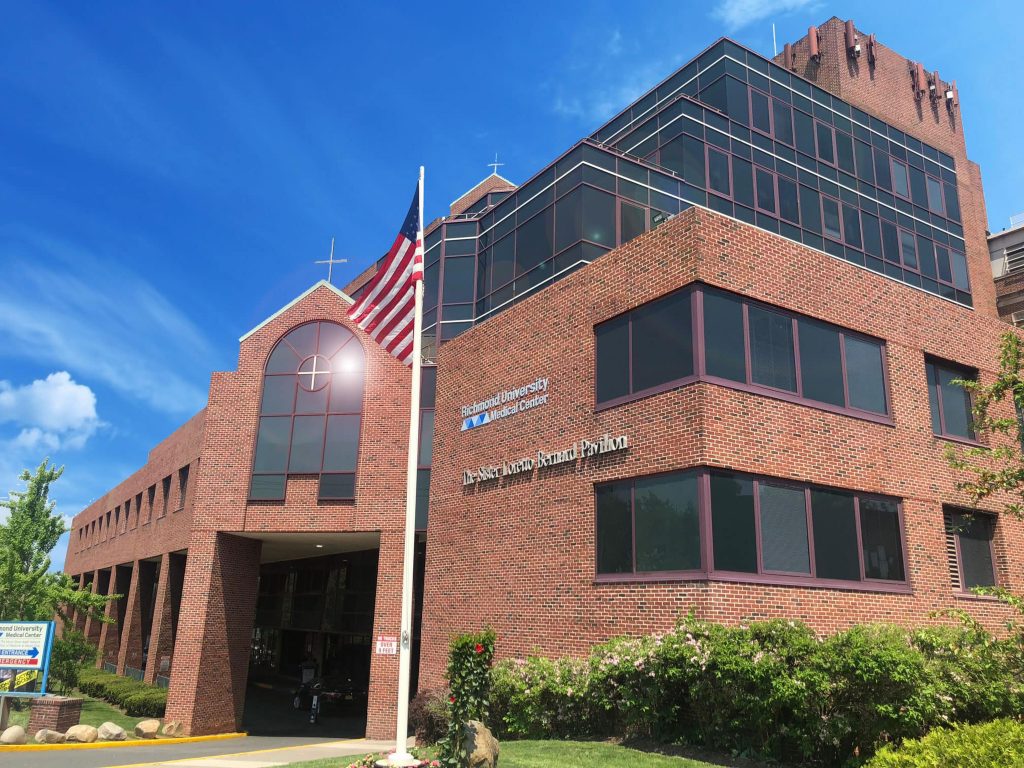
Addiction & Recovery Resources From Rehab Centers in Staten Island
Local Resources & Information for Addiction Treatment. If you are in the Staten Island area and need help now, call today!

There is Hope for Addiction Recovery in Staten Island
Staten Island is no stranger to the widespread issue of substance abuse that plagues many communities across the world. However, there is hope! The borough offers an array of options for individuals struggling with substance use disorders to receive the treatment and support they need to overcome addiction.
From inpatient treatment or outpatient treatment programs to therapy sessions, medication-assisted treatment, and community support groups, Staten Island has a plethora of resources available. With the right care, guidance, and support, individuals can overcome the most challenging obstacles of addiction and take the necessary steps toward sustainable recovery.
If you or a loved one is struggling with addiction in Staten Island, do not hesitate to seek help and take the first step towards a healthy and sober life. Remember, you do not have to fight this battle alone, and there is always hope for recovery.
Types of Addiction Treatment in Staten Island
Co-occurring disorders, also known as dual diagnosis, refer to the presence of both a mental health disorder and a substance use disorder at the same time – a condition that afflicts over 9 million people in the U.S.[1] Effective treatment for co-occurring disorders involves addressing both conditions simultaneously.
There are several types of co-occurring disorder treatment services available that help to achieve this, including:

Integrated Treatment
This approach involves a coordinated effort between at least two professionals, one for mental health services and one for substance use disorder treatment. This approach works to create a comprehensive plan for treatment that addresses both disorders at the same time.
From detoxification referrals and short-term residential treatment to long-term outpatient services and counseling services, every level of treatment is an essential layer of lifelong recovery.

Medication-Assisted Treatment (MAT)
MAT is an inpatient treatment that involves the use of medication to manage withdrawal and cravings from substance use disorder. This approach is often combined with behavioral therapy to treat mental health disorders while incorporating safe detox protocols and a high level of care.

Behavioral Therapy
This type of therapy focuses on identifying and changing negative thoughts and behavioral health patterns. Behavioral therapy can include individual, group, or family therapy, and it is often combined with medication for the most effective treatment when dealing with mental illness or drug rehab.

Support Groups
Support groups such as Alcoholics Anonymous (AA) and Narcotics Anonymous (NA) can be beneficial for individuals with co-occurring disorders. Support groups offer a safe space to connect with others who are going through similar alcohol treatment or drug abuse experiences and can help individuals stay on track with their recovery.

Medical Detox
Withdrawal symptoms can sometimes be dangerous or even fatal so detoxing while under the care of a quality medical team is essential. The first step in many treatment plans involves detox to help manage withdrawal symptoms. During detox a medical team will help individuals manage their cravings and withdrawal symptoms safely.

Intensive Outpatient
For individuals that do not need or have recently completed residential treatment but still require additional structure and support, an Intensive Outpatient (IOP) program provides additional structure without the need to live at the treatment facility. Individuals will undergo a strict treatment schedule during the day with the ability to return home each night.
How to Choose a Rehab Center in Staten Island
Respected and trusted Staten Island rehab facilities offer treatment to individuals suffering from various forms of addiction. Recovery from addiction can seem like an uphill challenge, but choosing the right treatment program can make a big difference.
Here are some tips on how to choose a rehab center:
-
Accreditation and Licensing
The first thing to consider when selecting a rehab center is accreditation and licensing. This ensures that the facility adheres to strict guidelines and standards of care. Look for rehab centers that are accredited by reputable agencies and licensed by state authorities.
-
Treatment Programs Offered
Rehab centers offer various treatment programs that cater to different levels of addiction. Choose from Staten Island rehab facilities that have treatment programs that match your specific needs. For instance, if you suffer from alcohol addiction, find a rehab center with a specialized program for alcoholism. Other programs may focus on opioid or methadone use.
-
Staff Credentials
The effectiveness of a treatment program largely depends on the competence and credentials of the staff. Ensure that the rehab center has qualified doctors, nurses, and therapists who specialize in addiction treatment. In addition, look for rehab centers with staff-to-patient ratios that allow for personalized care.
-
Success Rates
The success rates of a rehab center are a critical factor to consider when choosing a treatment facility. Look for rehab centers with high success rates and low relapse rates. Fortunately, most rehab centers publish their success rates on their websites or make them available upon request.
Sober Living Houses in Staten Island
Staten Island offers a peaceful and supportive location for individuals who are looking to take steps toward recovering from drug or alcohol addiction. They provide a structured and safe living environment for individuals who require regular support or specialized treatment options on their journey to recovery.
Residing in a sober living house on Staten Island can provide individuals with the opportunity to take part in important activities that are essential for addiction recovery, such as attending 12-step meetings, receiving counseling and therapy, participating in life skills classes, and engaging in sober recreational activities.
Contact Admissions Today

Emergency Services for Addiction in Staten Island

Staten Island University Hospital
475 Seaview Ave, Staten Island, NY 10305
Open 24 Hours

Richmond County Ambulance Services
1355 Castleton Ave, Staten Island, NY 10310
Open 24 Hours

MTA Police District 9 - Staten Island
331 Bay St, Staten Island, NY 10301
Open 24 Hours

Community Resources for Mental Health & Addiction

Local Stats You Need to Know
In 2021, 146 residents of Staten Island died due to drug overdose, as reported by the New York City Department of Health and Mental Hygiene’s Bureau of Vital Statistics.[2] This indicates 39 deaths per 100,000 people, with Staten Island residents between the ages of 35 to 54 having the highest number of overdose deaths. An alarming 85% of these deaths were attributed to fentanyl overdose.
Considering the high number of overdose deaths from fentanyl, authorities believe that there is a significant need for measures to curb the spread and use of illegal drugs.[3] Addiction treatment centers are one such measure, which provides treatment and counseling to individuals addicted to drugs or alcohol so they can work on their recovery.
These centers also support sober living homes that help individuals transition back into normal life by providing them with guidance in the form of 12-step meetings and other educational programs to reduce the likelihood of relapse or worse.
Help for Addiction in Staten Island
Don’t wait any longer and seek help when struggling with addiction. Reach out to us today and take your first step toward recovery. We look forward to helping you on your journey and providing the support you need.

Paying for Treatment in Staten Island
Paying for addiction treatment in Staten Island can be challenging for many people who need help. One option is to check with your health insurance provider to see what is covered and what out-of-pocket costs you can expect. If you don’t have insurance, you can explore government-funded programs or treatment centers that offer scholarships or sliding-scale fees.
Additionally, some treatment centers offer financing options, including payment plans and loans, to help you manage the cost of treatment. Despite the financial challenges, it’s important not to let concerns about cost prevent you from seeking the help you need to overcome addiction. By learning about your options, you may be able to find a way to make treatment more affordable and accessible.
Frequently Asked Questions About Rehab Centers in Staten Island
Staten Island offers a variety of rehab programs, including inpatient, outpatient, and intensive outpatient programs. Inpatient programs involve staying at the facility full-time, while outpatient programs allow individuals to attend treatment during the day and return home at night. Intensive outpatient programs offer a middle ground between the two.
The length of rehab varies depending on the individual and the program they are attending. Some programs last as little as 30 days, while others last up to a year or more.
Many treatment providers accept insurance, and some may offer financial assistance for those who are uninsured or underinsured. It’s important to check with the rehab center and your insurance provider to determine coverage and potential out-of-pocket expenses.
After completing rehab, individuals may participate in aftercare programs, such as sober living homes or outpatient counseling, to continue their recovery journey and prevent relapse. Many recovery centers also offer resources for individuals to find support groups in their community.
Other Nearby Locations
[1] Substance Abuse and Mental Health Services Administration. (n.d.). Co-Occurring Disorders and Other Health Conditions. Retrieved from https://www.samhsa.gov/medications-substance-use-disorders/medications-counseling-related-conditions/co-occurring-disorders
[2] New York City Department of Health and Mental Hygiene. (n.d.). Overdose deaths among residents of Staten Island. Retrieved from https://www.nyc.gov/assets/doh/downloads/pdf/basas/overdose-deaths-among-residents-si.pdf
[3] U.S. Department of Health and Human Services. (2023, March 3). Fentanyl drugfacts. National Institutes of Health. Retrieved from https://nida.nih.gov/publications/drugfacts/fentanyl





